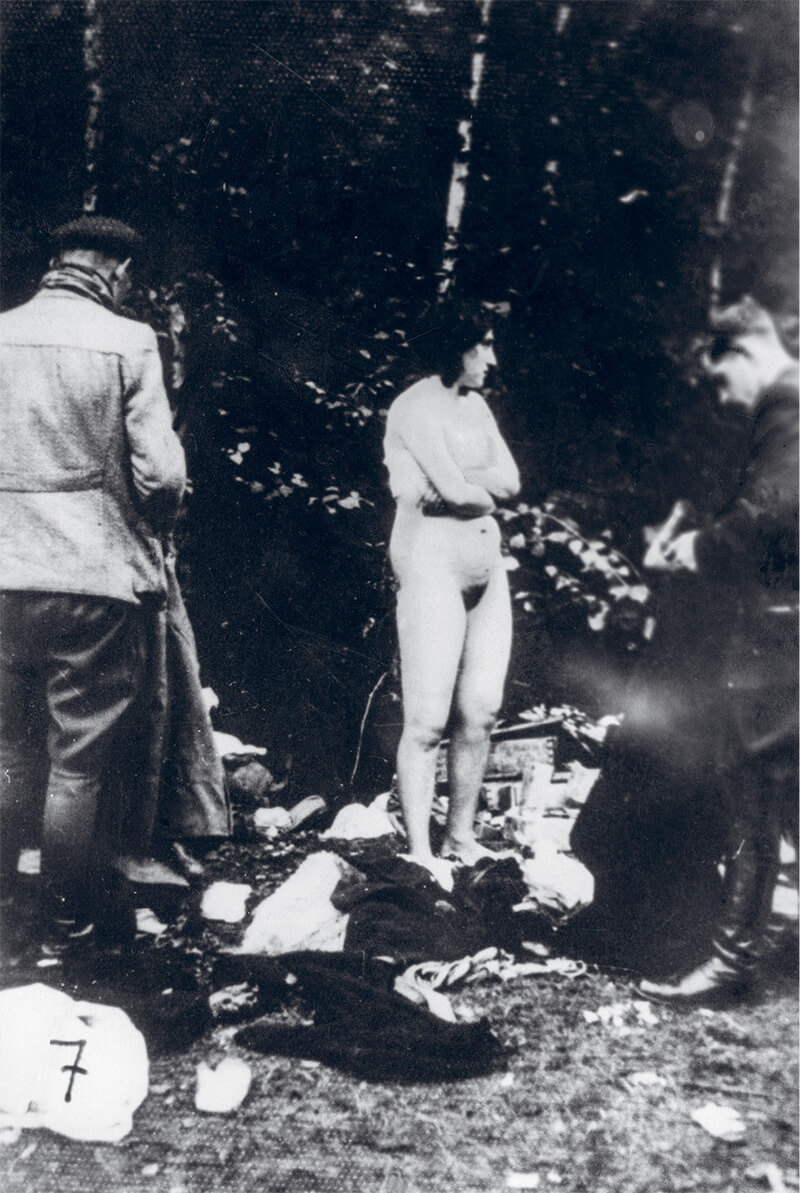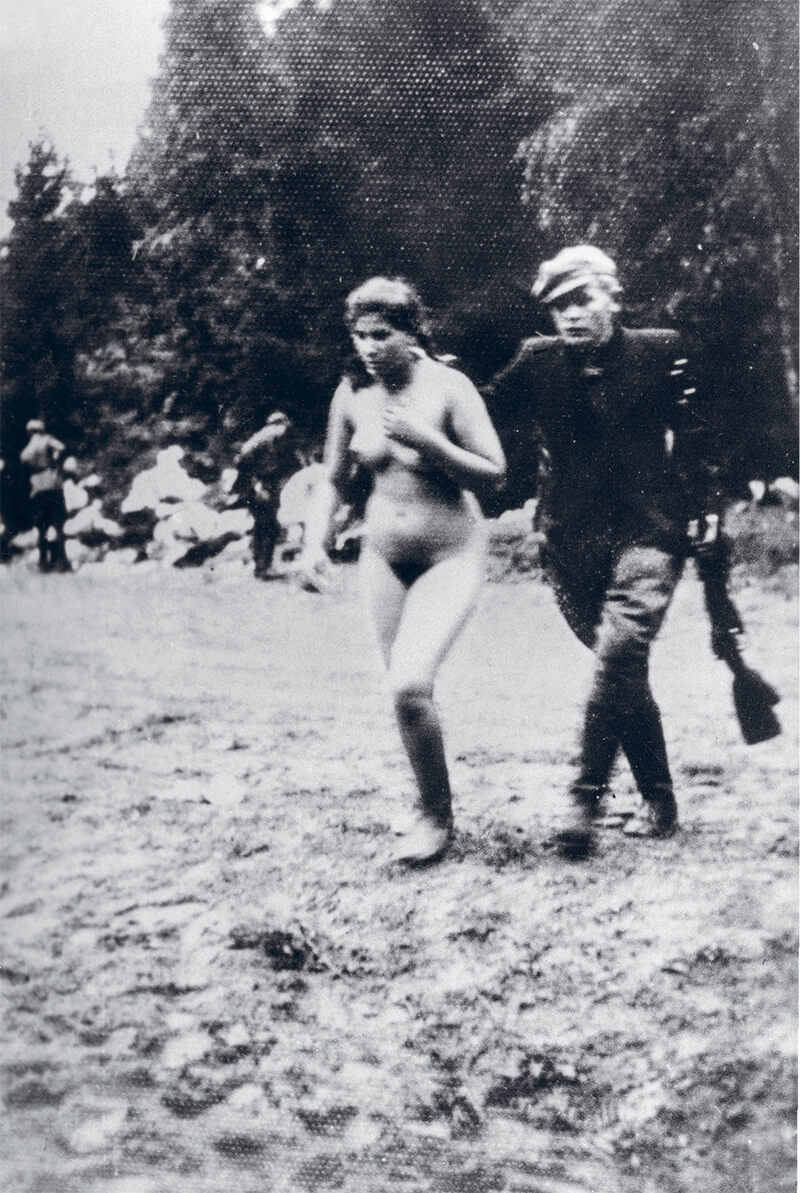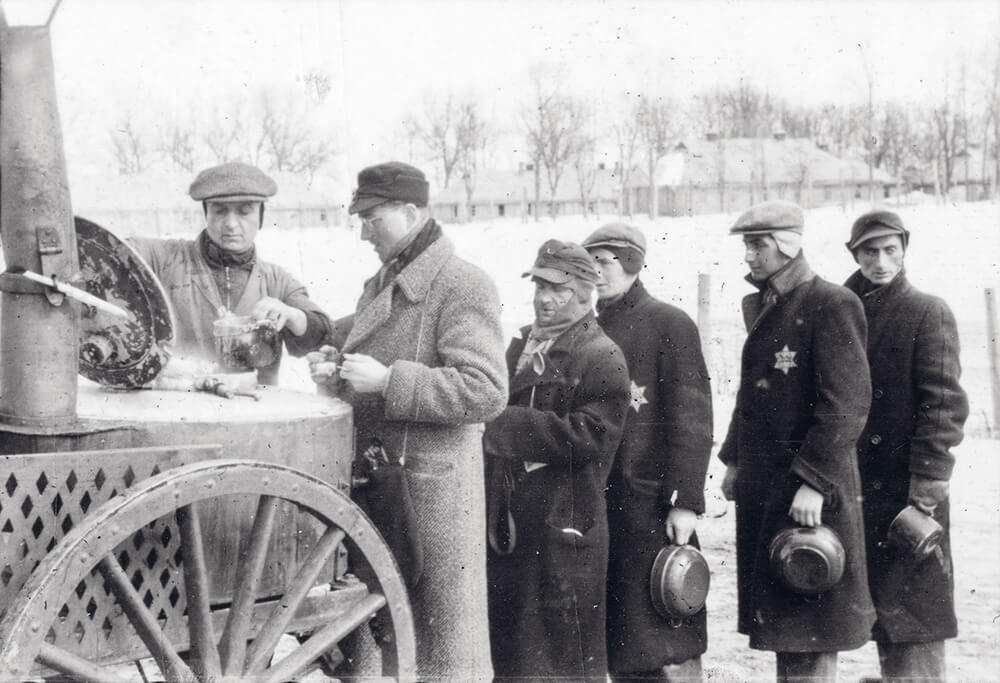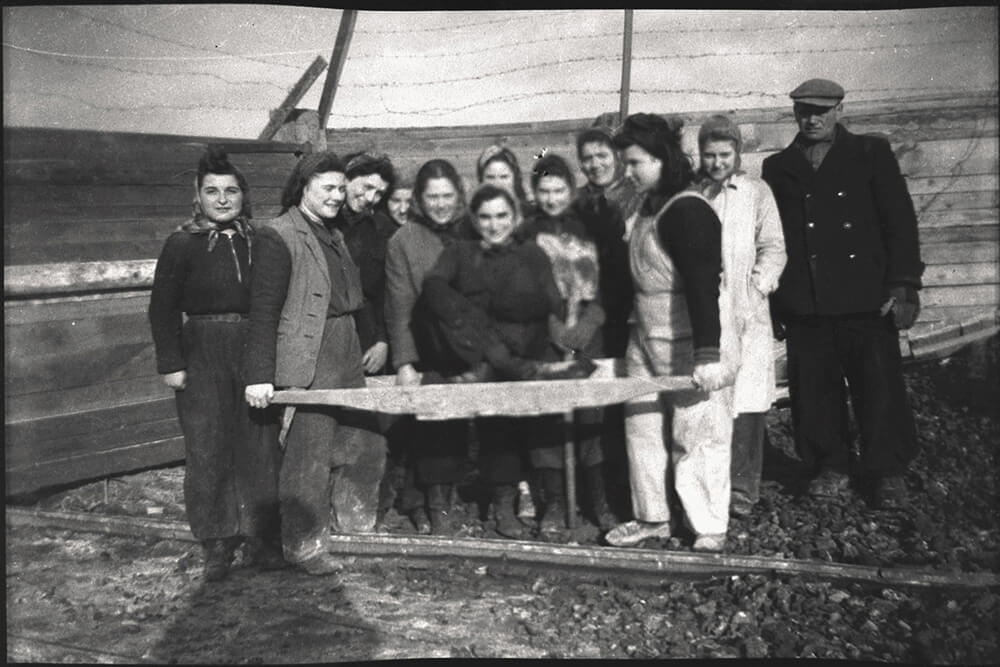The Baltic States
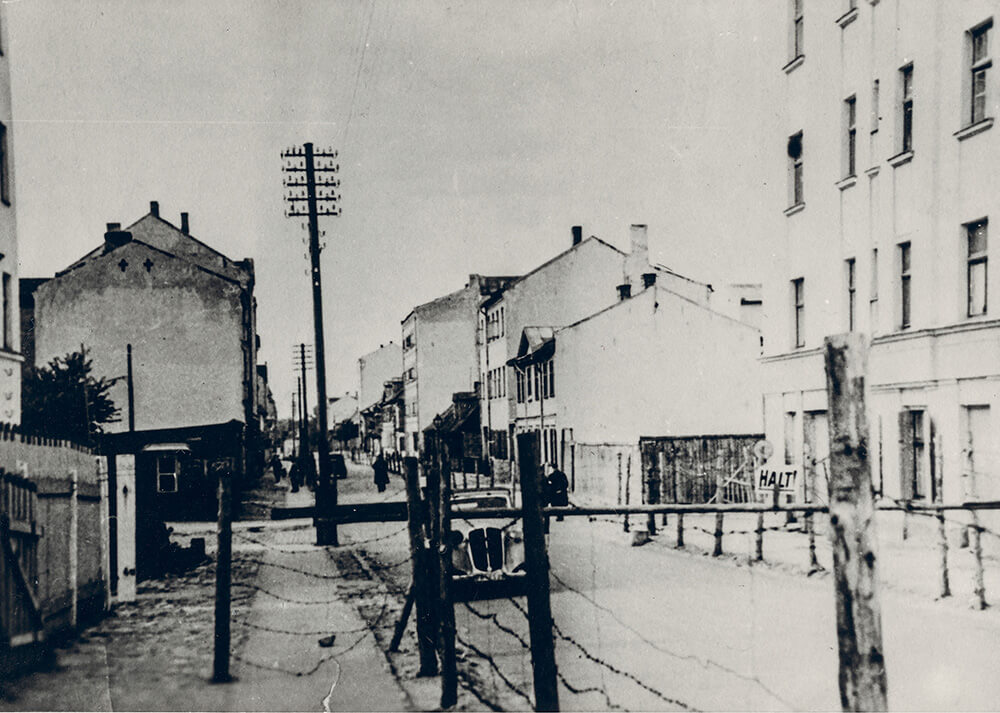
The Prague Gate was the main barrier between the German and the Latvian parts of the ghetto in Riga. Special permission was required to cross either part of the ghetto.
Jewish Museum in PragueFor most Terezín prisoners, there was a permanent threat of being deported to the East. The Latvian capital Riga was the destination for the first two transports that left Terezín in January 1942. Apart from a few exceptions, the inhabitants of the Riga ghetto had been shot dead in nearby forests. They were replaced by prisoners from Terezín, along with other Jewish deportees from Germany and Austria. Jewish men from the Czech transports who were young and capable of work were sent to the Salaspils concentration camp.
Life in the Riga ghetto was also characterized by hunger, hard labour and poor hygienic conditions, which led to a high death rate. Liquidation actions were the order of the day, focusing mainly on young children, the elderly and the sick. After the dissolution of the ghetto in the summer of 1943, the remaining prisoners were relocated to the newly established concentration camp of Kaiserwald. They were later sent to other concentration and work camps. Only a few of those who survived the forced labour in Germany and elsewhere lived to see the liberation.
Two other transports were dispatched from Terezín to the Baltic States – in August and September 1942. All thousand of the prisoners on the first of these transports were probably massacred immediately upon arrival. Due to overcrowding in the Riga ghetto, the second transport was sent on to Estonia, where it ended up in the small station of Raasiku-Jägala. After a selection, most of the prisoners were shot at the Kalevi-Liiva sand dunes or were murdered in mobile gas vans. Only a group of women who had been selected for forced labour survived the Holocaust (Shoah).

